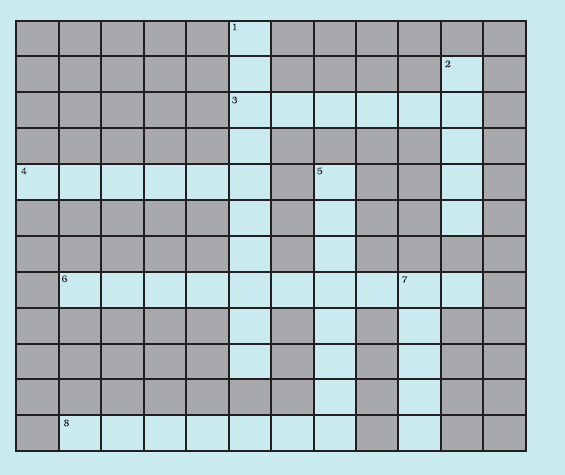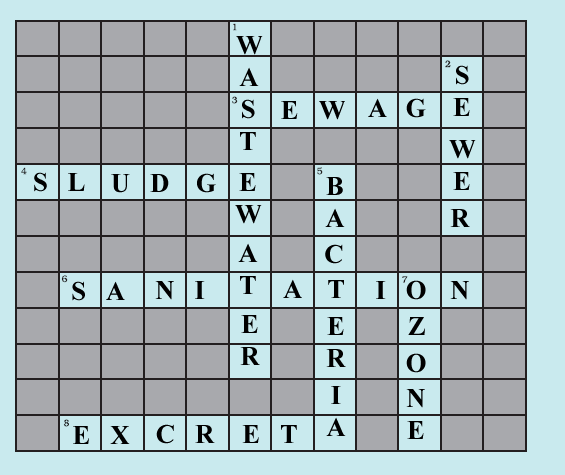NCERT Solutions Class 7 Science
The NCERT Solutions in English Language for Class 7 Science Chapter – 18 (Wastewater Story) has been provided here to help the students in solving the questions from this exercise.
Chapter – 18 (Wastewater Story)
1. Fill in the blanks:
(a) Cleaning of water is a process of removing ____________.
(b) Wastewater released by houses is called ____________.
(c) Dried ____________ is used as manure.
(d) Drains get blocked by ____________ and ____________.
Answer –
(a) Cleaning of water is a process of removing pollutants.
(b) Wastewater released by houses is called sewage.
(c) Dried sludge is used as manure.
(d) Drains get blocked by cooking oil and fats.
2. What is sewage? Explain why it is harmful to discharge untreated sewage into rivers or seas.
Answer – Sewage is the wastewater containing both liquid and solid wastes produced by human activities from homes, industries, hospitals, offices, etc. Sewage contains various contaminants including disease-causing bacteria and other microbes. If untreated sewage is discharged into rivers or seas, then the water in the rivers or seas would also get contaminated. If this contaminated water is used for drinking, then it can cause diseases such as cholera, typhoid, dysentery, etc. which may lead to death. That is why it is harmful to discharge untreated sewage into rivers or seas.
3. Why should oils and fats be not released in the drain? Explain.
Answer – Oils and fats harden and block the sewage pipes. In an open drain also, fats block porosity of soil which affects its water filtering efficiency. That is why oils and fats should not be released in the drain.
4. Describe the steps involved in getting clarified water from wastewater.
Answer – Following steps are involved in the purification of water:
(i) Firstly all the physical impurities like stones, plastic bags, cans etc. are to be removed. It is done by passing the water through bar screens.
(ii) Then water is taken to grit and sand removal tank where impurities are removed by sedimentation.
(iii) Solid impurities and feaces etc. are collected from bottom of water. These impurities collected are called sludge.
(iv) Clarified water is cleaned of other impurities by aerator. All disease causing bacteria are removed by chlorination.
5. What is sludge? Explain how it is treated.
Answer – Sludge is the collected solid waste from the wastewater during the treatment in water treatment plant. Sludge is decomposed in a separate tank by the anaerobic bacteria. Activated sludge is used as manure.
6. Untreated human excreta is a health hazard. Explain
Answer – Untreated human excretions are a health hazard. It causes pollution of soil and water including the underground water. Thus, it contaminates the sources of water from which people collect water for drinking and household purposes. When this contaminated water is used for drinking, it can cause diseases such as cholera, typhoid, hepatitis, dysentery, etc., which may even lead to death.
7. Name two chemicals used to disinfect water
Answer – Two chemicals used to disinfect water are chlorine and ozone.
8. Explain the function of bar screens in a wastewater treatment plant.
Answer – Bar screens clear the wastewater of all the physical impurities. Large size waste like napkins, plastics, cans etc. are removed from the wastewater through the bar screens.
9. Explain the relationship between sanitation and disease.
Answer – Sanitation and disease are interrelated as lack of sanitation leads to illness and good sanitation practices prevent the diseases.
10. Outline your role as an active citizen in relation to sanitation.
Answer – A citizen has many responsibilities regarding sanitation. Among other things, an active citizen should do the following with regard to maintaining proper sanitation:
(i) Ensure that his surroundings (both inside and outside home) are clean
(ii) Ensure that the sewerage system in his house is properly managed
(iii) If he notices some leakage or other problem in the sewerage system, he should report it to the municipality.
11. Here is a crossword puzzle: Good luck!

Across
3. Liquid waste products
4. Solid waste extracted in sewage treatment
6. A word related to hygiene
8. Waste matter discharged from human body
Down
1. Used water
2. A pipe carrying sewage
5. Micro-organisms which causes cholera
7. A chemical to disinfect water
Answer –
Across
3. Liquid waste products – Sewage
4. Solid waste extracted in sewage treatment – Sludge
6. A word related to hygiene – Sanitation
8. Waste matter discharged from human body – Excreta
Down
1. Used water – Wastewater
2. A pipe carrying sewage – Sewer
5. Micro-organisms which causes cholera – Bacteria
7. A chemical to disinfect water – Ozone

12. Study the following statements about ozone:
(a) It is essential for breathing of living organisms.
(b) It is used to disinfect water.
(c) It absorbs ultraviolet rays.
(d) Its proportion in air is about 3%.
Which of these statements are correct?
(i) (a), (b) and (c)
(ii) (b) and (c)
(iii) (a) and (d)
(iv) All four
Answer – (ii) (b) and (c)

Leave a Reply